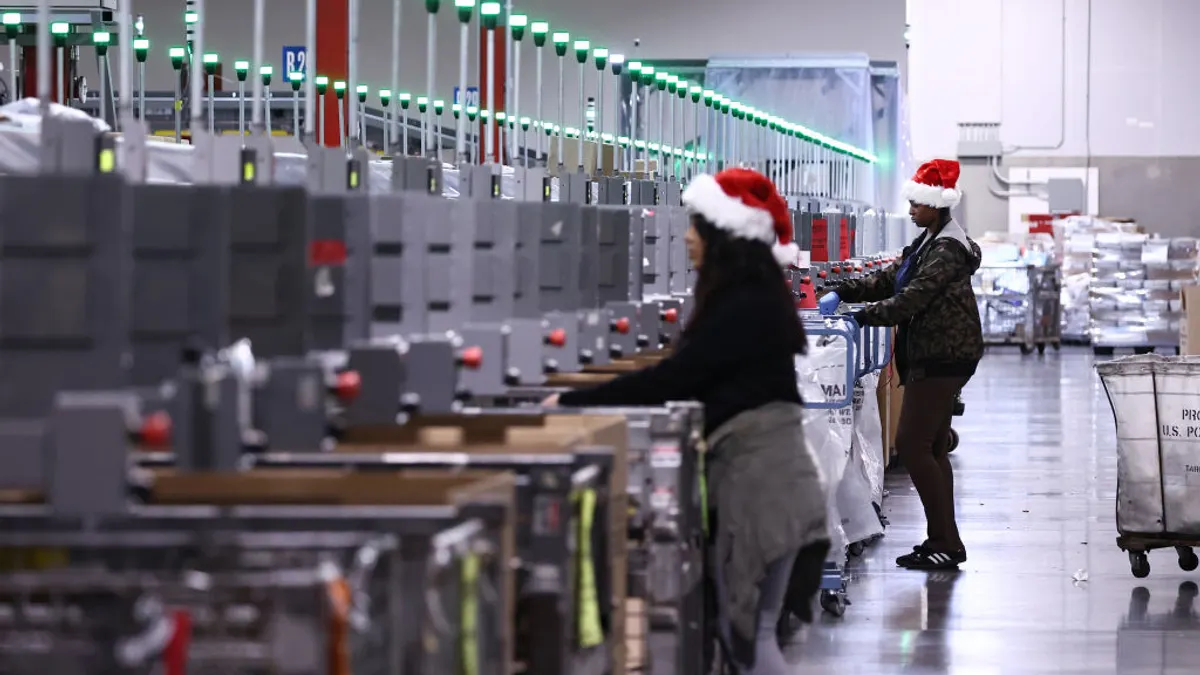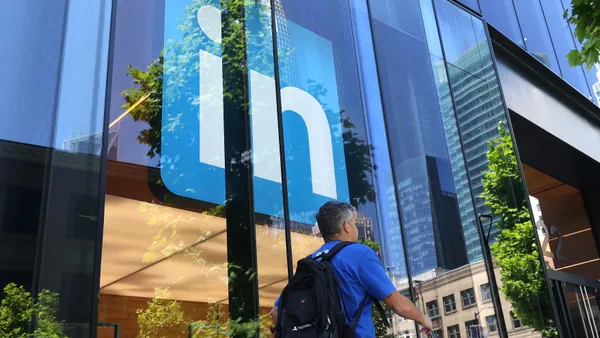Iowa boasts the second lowest unemployment rate in the nation, at 2.6% as of October 2019, according to the U.S. Bureau of Labor Statistics. But with a shortage of qualified, available workers, job growth stalls. So Iowa has turned to apprenticeship programming to upskill workers and help business meet demand.
Seeing value in registered apprenticeship programs managed by the U.S. Department of Labor (DOL), the state views apprenticeships as a worthwhile workforce tool, according to Jill Lippincott, project manager with the Iowa Economic Development Authority. In 2014, the state enacted the Iowa Apprenticeship Act, providing $3 million in funding annually.
"We saw the program start with traditional trades apprenticeships, but it's grown," Lippincott said. "Employers are utilizing the program in many other ways. In fact, CVS Health created the first apprenticeship program for pharmacy technicians here in Iowa." These jobs can lead to advanced work in the field, she added, as well as other opportunities within the company. "It's a career pathway for residents they may not have considered in the past."
Iowa is home to about 750 apprenticeship programs and 7,600 registered apprentices. In the coming year, more than 100 programs will join the ranks, according to data shared with HR Dive via email on behalf of Iowa Economic Development Authority.
Apprentice programs are employer-driven, Lippincott said: "The programs are great for business in Iowa because they can be customized to the specific needs of the company." Though apprenticeships vary in length — they last between one and five years, depending on the occupation — registered apprentices get 2,000 hours of on-the-job training and at least 144 hours of classroom instruction each year, according to Iowa's apprenticeship website. Generally, the employer pays for classroom costs and pays the apprentice for hours worked.
The road to apprenticeships
Iowa's apprenticeship programs began in industries typical to apprenticeships, but they have expanded, Lippincott said. "We see them in the traditional roles, like trades, but we're seeing the model work for every industry. We have programs in advanced manufacturing, IT, financial services, healthcare and hospitality." In the booming healthcare industry, local hospitals are using the program to upskill entry-level talent to certified nursing assistant levels. "From there, employees have a foot in the door in healthcare occupations that can help them move up throughout the industry," Lippincott said.
When CVS was designing its pharmacy technician program, it worked with DOL to create standards and build out the program. Lippincott noted that this process is not generally a lengthy one, especially when employers use the agency's template to create an apprentice program. "They really work with employers to get programs up and running quickly," she said.
Apprentices typically start already possessing high school diplomas. Through the program they can earn an associate degree. At the end of their apprenticeships, on average, apprentices earn more than $60,000 per year, according to the Iowa Economic Development Authority. Lippincott noted half of the registered apprentice programs in the state are union jobs, the other half are not.
Learning options
To create an apprenticeship, employers are able to collaborate with the state's community colleges, all of which are pre-approved by DOL as registered apprenticeship eligible. If the employer is looking, as CVS was, to create an apprenticeship for an occupation not already approved, it can work to create one.
If none of the colleges has relevant classroom instruction available, that's not a barrier, Lippincott said. An employer can work with online providers approved by DOL or train certified in-house instructors. "Companies are using their own classroom facilities for in-house training as well as on-the-job work," Lippincott said.
An opportunity for small businesses
The state's Registered Apprenticeship Development Fund is geared toward small- to medium-sized business. It makes $1 million available each year for registered apprenticeship programs in "high-demand occupations."
The state created an online portal for businesses to learn more about grants and for residents to find out about opportunities in the state. There are also regional workforce centers to connect business and residents looking for a program.
For rural businesses, the program not only helps upskill workforces, but also helps with training so residents can stay local, Lippincott said. "The programs open the door to continued education and other roles within the company, providing the apprentices with nationally recognized credentialing," she said. "But we hope they'll stay in Iowa and grow with us."
Apprenticeships boost retention rates, too. Ninety-one percent of workers who complete an apprenticeship are still employed nine months later. "It goes to the inherent relationship built between the apprentice and the employer," Lippincott said. "The business is paying for classroom and on-the-job training and the employee feels loyalty to the company that gave them that opportunity. The relationship is strong."
Lippincott said they're already getting calls for 2020 grants, even though the application window won't open until January. "We're expecting record demand for next year," she said. This interest isn't due to any extreme marketing technique, though. "One business tries the program and it's successful and they tell others," Lippincott said. "The story goes further than us — employers spark more interest in the program than any PR we can do."
As the message about apprenticeship spreads, employers appear to be taking note. "There's a changing attitude about apprenticeship programs," said Lippincott. "It's not just for trades anymore. These programs offer a great wage, zero student loan debt and a skill you can take anywhere. It's a career pathway that works for business and talent."


















